Gifting has never been easier
Perfect if you're short on time or are unable to deliver your gift yourself. Enter your message and select when to send it.
DISPATCH IN 48 HOURS
Shop in-stock lighting
NEW YEAR SAVINGS
Get Member Price
THE STORY BEHIND OUR LIGHTS
Explore the Journey
RAFFIA SCONCES COLLECTION
See what's new
DISPATCH IN 48 HOURS
Shop in-stock lighting
NEW YEAR SAVINGS
Find your favorite
THE STORY BEHIND OUR LIGHTS
Explore the Journey
RAFFIA SCONCES COLLECTION
See what's new
Shopping Cart 0
Your cart is empty

How to clean rattan furniture is a question for many homeowners. Rattan furniture has become popular in every home, helping your living space become more stylish and aesthetic.
Rattan often requires regular and gentle cleaning to ensure your furniture will last for years to come. In this article, Rowabi Interiors has given you some guidelines to keep rattan furniture clean.
Discover how to illuminate your home with style and function

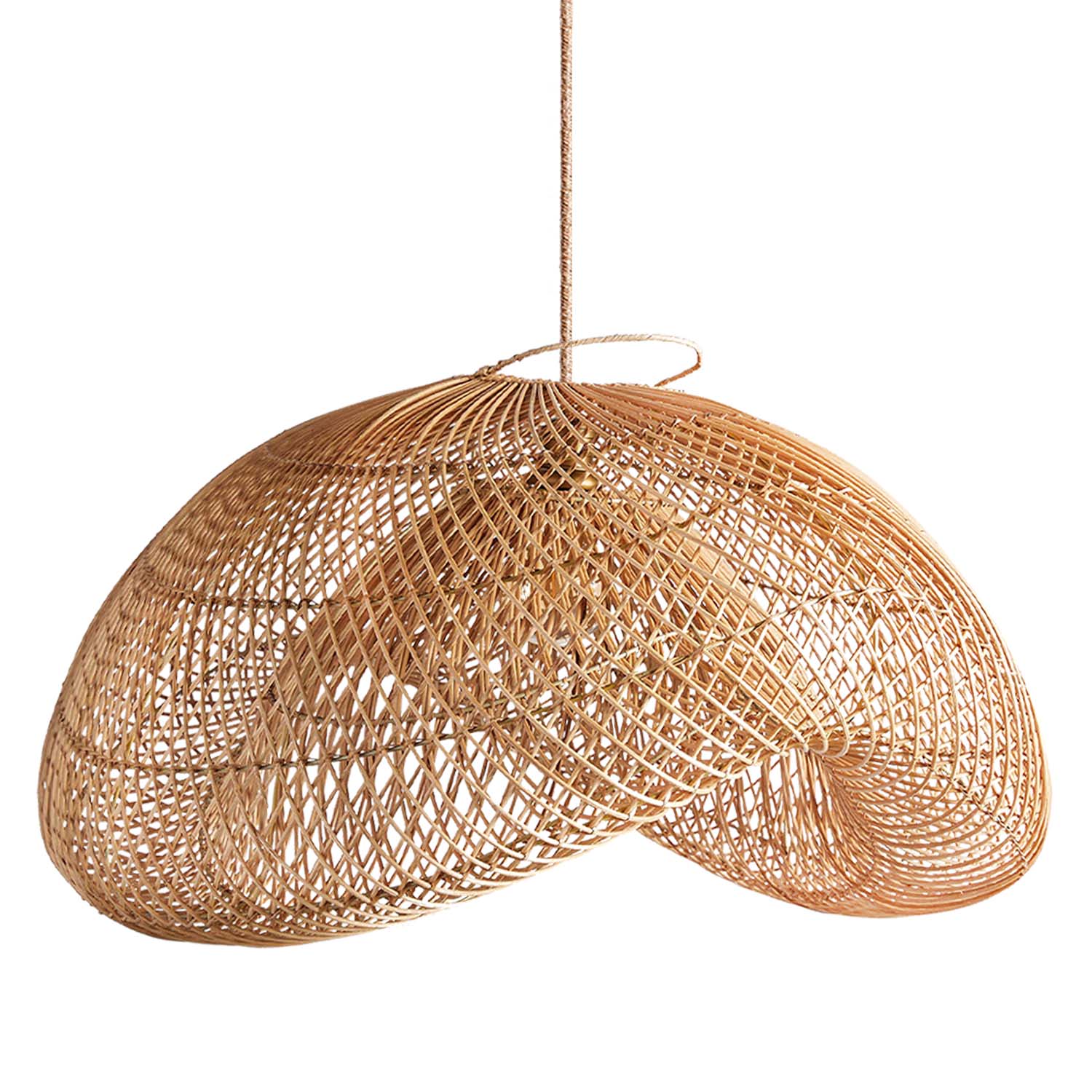
Lighting is more than brightness—it’s the secret to creating atmosphere and unforgettable home design.
Discover our collection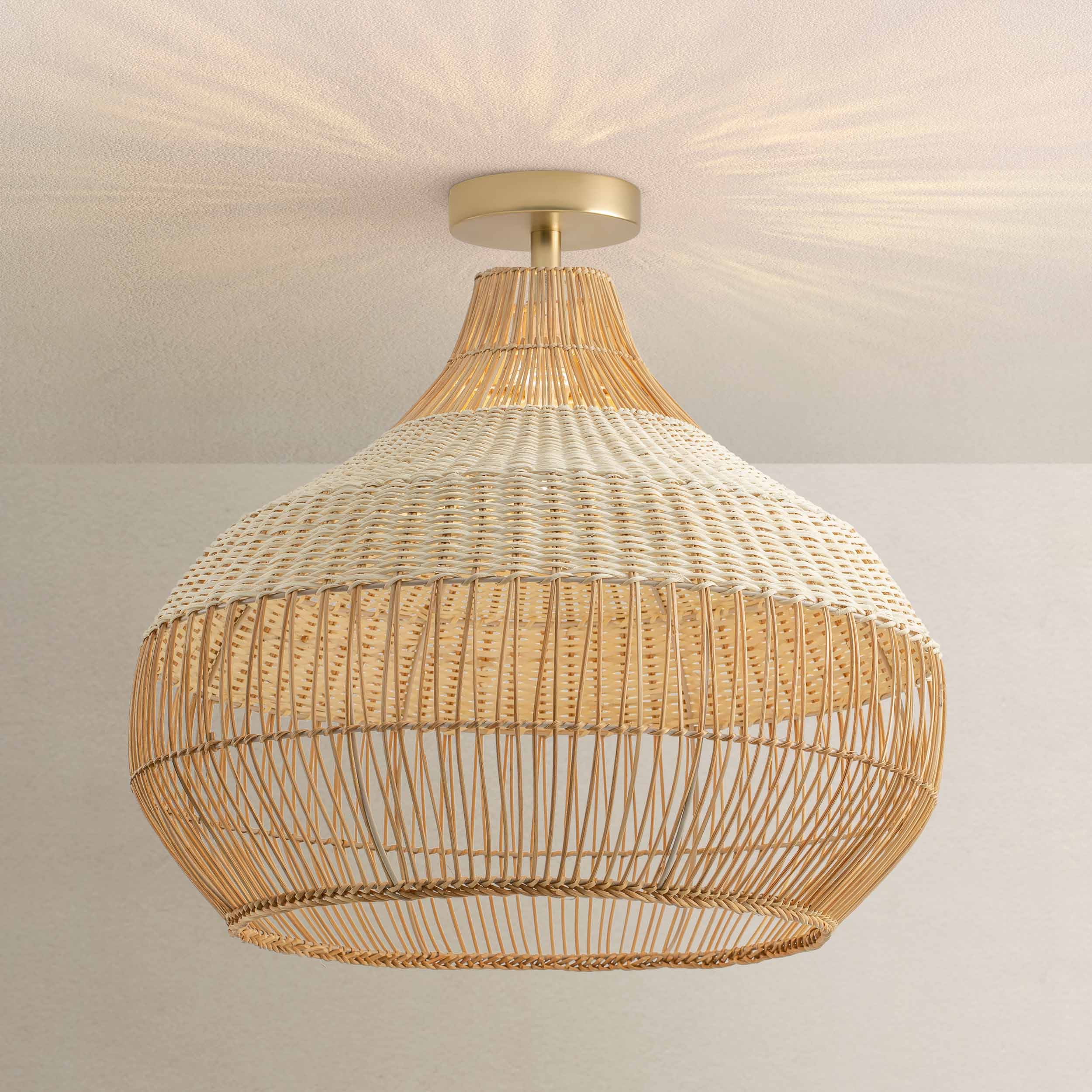
Lighting is more than brightness—it’s the secret to creating atmosphere and unforgettable home design.
Discover our collection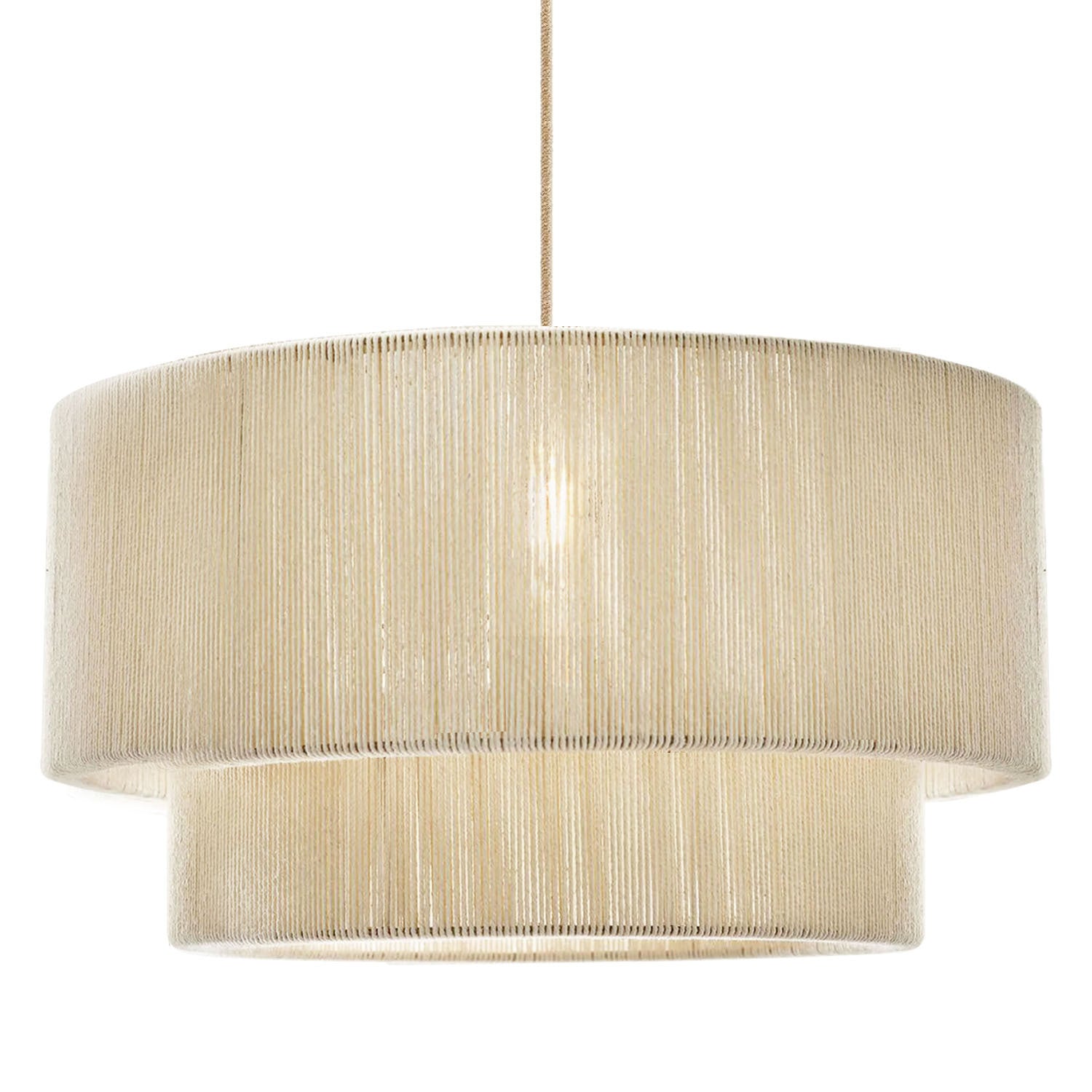
Lighting is more than brightness—it’s the secret to creating atmosphere and unforgettable home design.
Discover our collection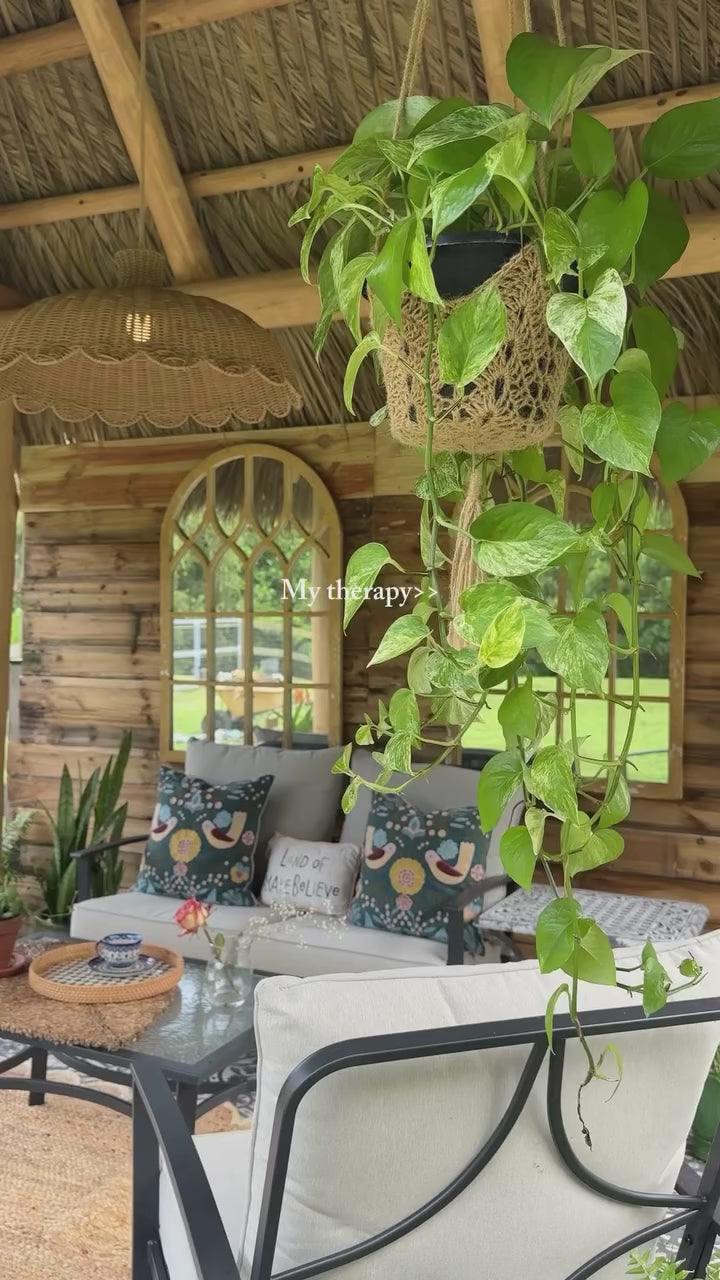
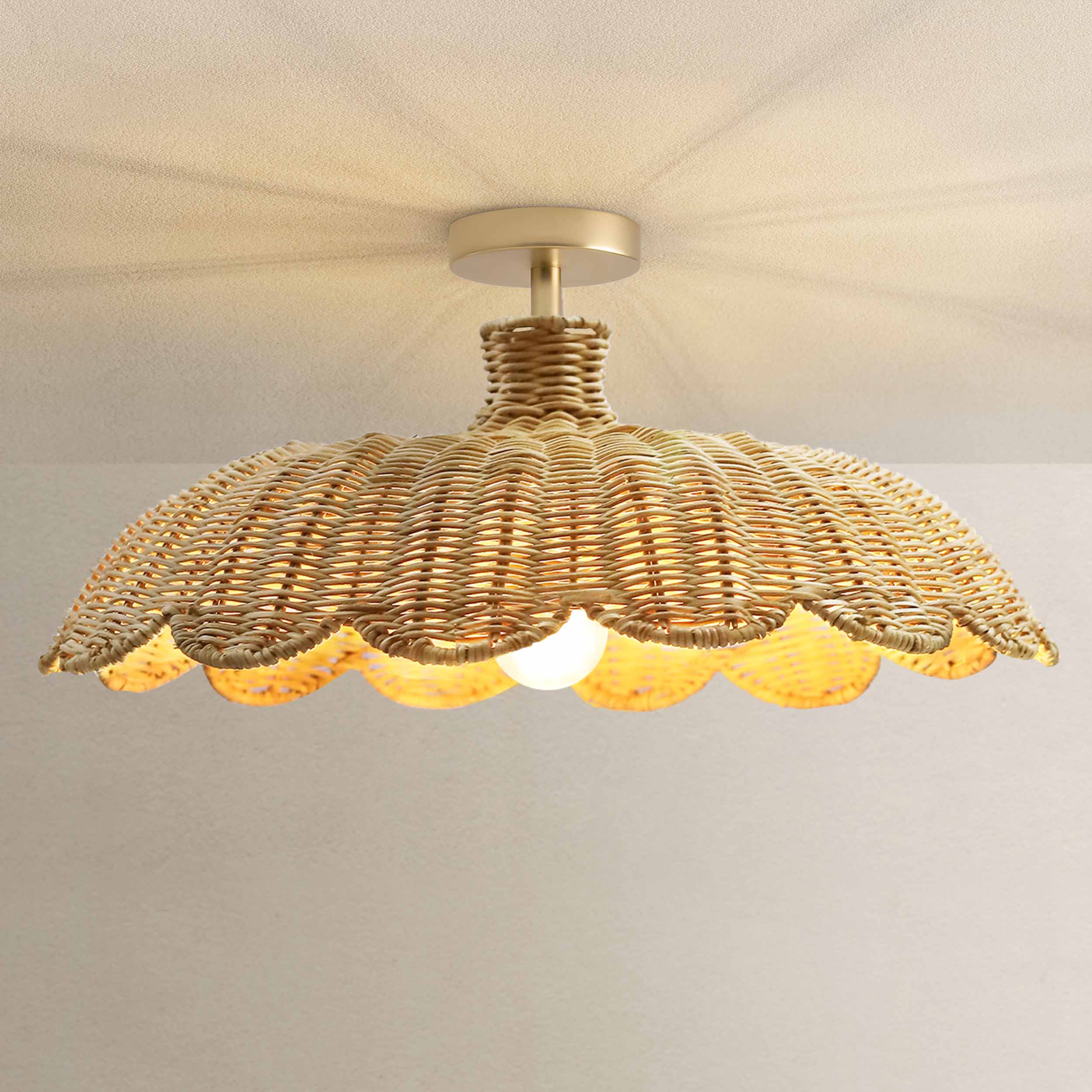
Find out how Rowabi’s carefully crafted lighting fixtures elevate your home’s mood and bring both sophistication and function at a surprisingly reasonable price point.
Get yours today

Explore stunning lighting options designed to elevate everyday life, from quiet family evenings to unforgettable holiday celebrations shared at home.
Don't wait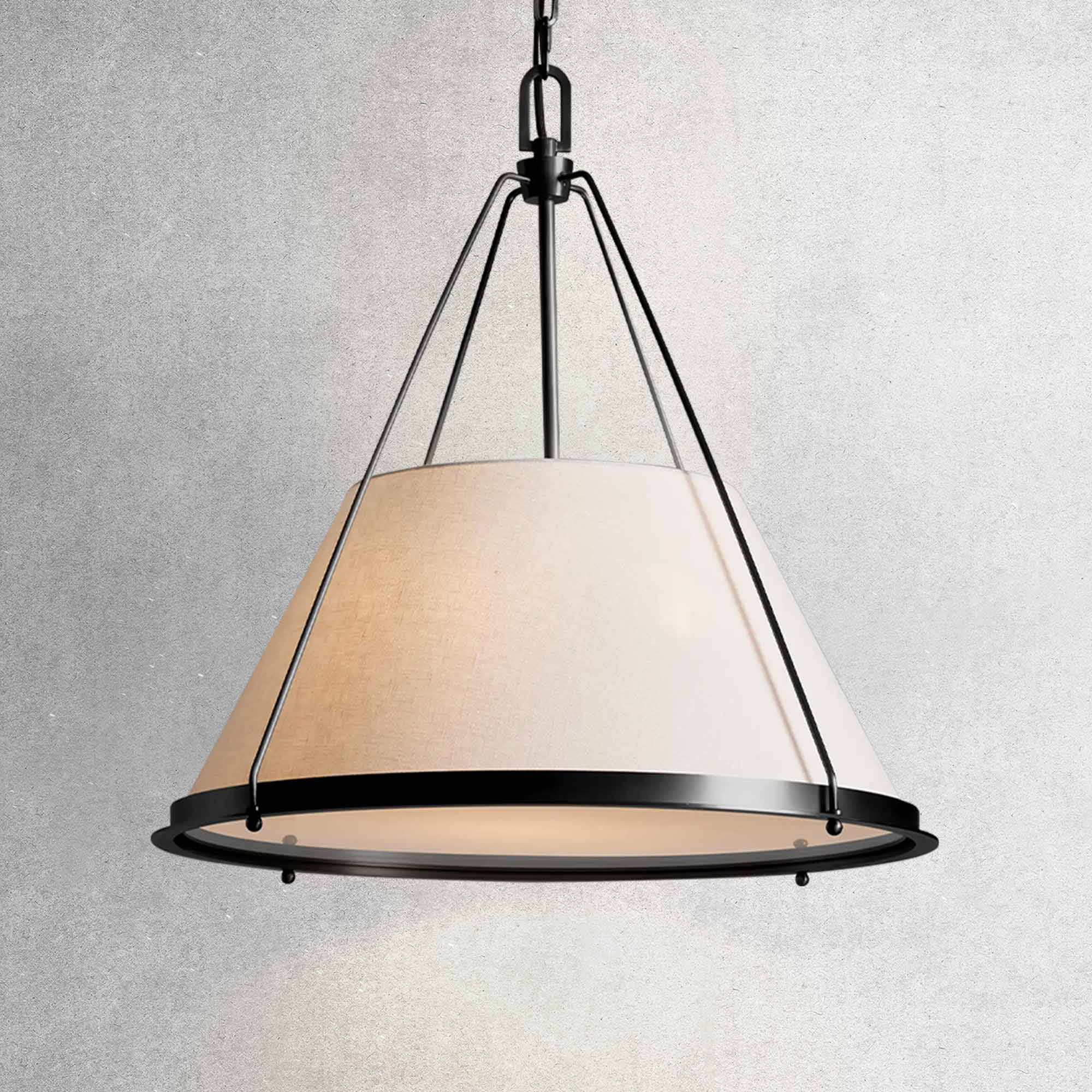
Explore stunning lighting options designed to elevate everyday life, from quiet family evenings to unforgettable holiday celebrations shared at home.
Don't wait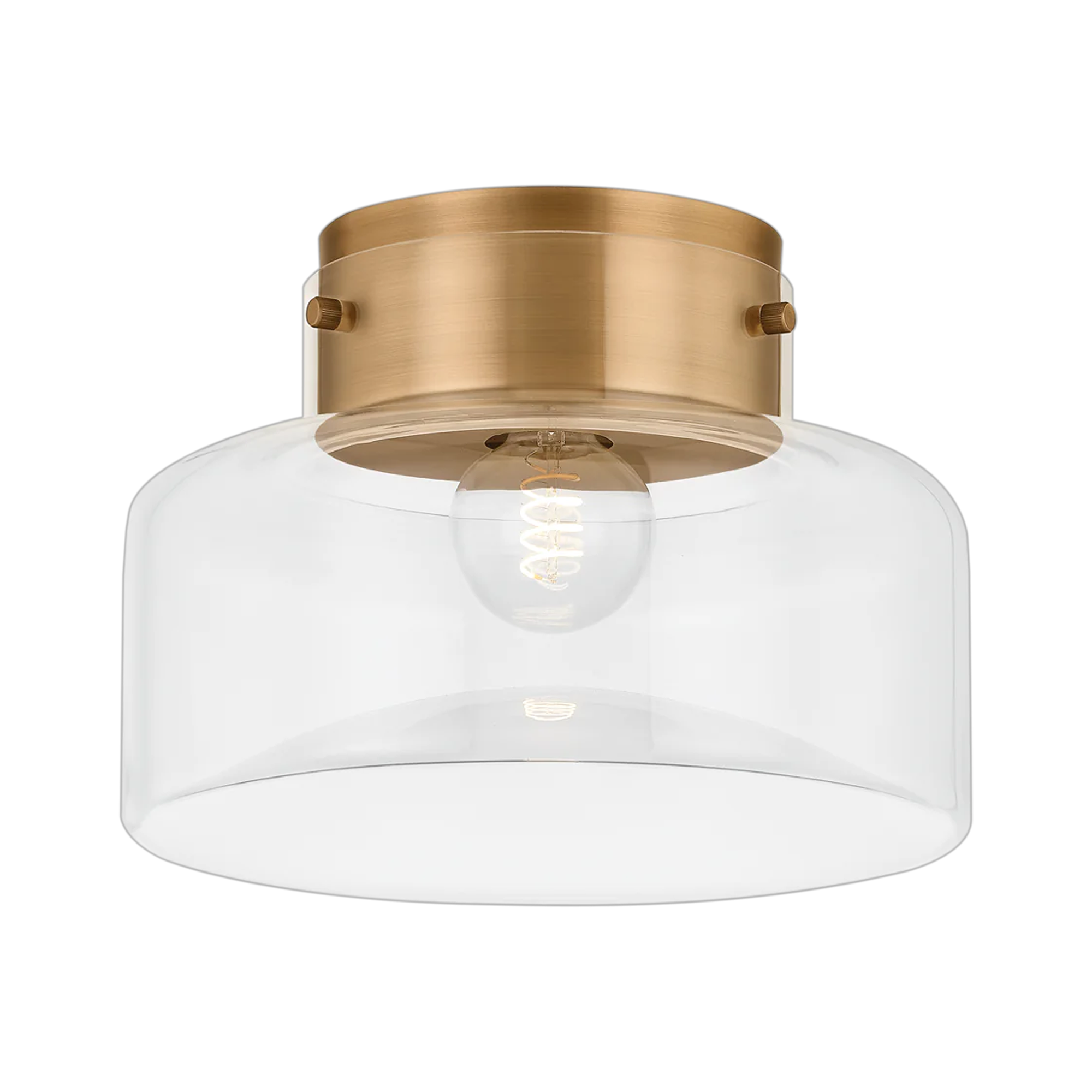
Explore stunning lighting options designed to elevate everyday life, from quiet family evenings to unforgettable holiday celebrations shared at home.
Don't waitBefore diving into the cleaning methods for rattan furniture, let's first explore the practices you need to know to help it maintain a brand-new appearance. After all, isn't prevention better than cure?Rattan furniture needs regular care to keep it looking beautiful and new. Source: Sunset Magazine
Don't miss out! Shop the limited collection
Like any other type of furniture, rattan requires regular cleaning and maintenance to keep it looking its best and prolong its life. In particular, knowing how to clean rattan furniture is important, as the material can also play a role in preserving its beauty.
Rowabi's will introduce the materials needed to clean rattan furniture as well as how to use them effectively:

Some materials for cleaning rattan furniture, such as mild detergent, soft brush, water, and vacuum cleaner. Cre: @freepik via Freepik: https://www.freepik.com/author/freepik
For beautiful rattan furniture, weekly dusting with an upholstery brush is key. To prevent dirt build-up and stains, give it a more thorough clean monthly with a damp cloth and mild soap.
For outdoor furniture, at least yearly cleaning is essential to remove dirt and check for mold, especially on neglected pieces.
To keep rattan furniture clean and in its best state, vacuuming or weekly dusting is essential. How to clean rattan wicker furniture weekly? Here are some instructions for weekly cleaning that you can refer to.
Start by dusting the surface of your rattan furniture with a disposable or microfiber duster. This will remove the loose dust and prevent excessive soil buildup. For detailed cleaning, use a soft-bristled toothbrush to remove dirt from corners and tight areas.
Additionally, vacuum the furniture using an upholstered brush attachment, and use the crevice tool for hard-to-reach places. For extra precision, consider using compressed air to dislodge dirt from tight spots.
When dealing with food stains, drink spills, or muddy footprints, it's important to clean them immediately to prevent them from setting in. For solid particles, gently lift them off the rattan with a dull knife or spoon. Then, use a damp microfiber cloth to wipe the area and allow it to air dry.
For tougher, dried stains, loosen them with a toothbrush. Apply a small amount of dishwashing liquid to a damp microfiber cloth and wipe the stained area clean. Finally, wipe with a cloth dampened with clean water to remove soap residue and let the furniture dry naturally.
Give your home the warmth it deserves. Shop our natural materials
Free delivery between Jan 15 - 16 on orders $200+
45-Day Return
Free delivery between Jan 15 - 16 on orders $200+
45-Day Return
Rattan furniture brings natural beauty and luxury to any space. To ensure longevity and maintain its appearance, regular monthly cleaning is essential. How to clean up rattan furniture monthly? Here are some instructions for cleaning your rattan furniture monthly.
Prepare a cleaning solution with warm water and a few drops of mild dishwashing liquid or a specialized rattan cleaner. Stir gently to create suds. In a separate bucket, pour clean water for rinsing. Avoid using abrasive cleaners or harsh chemicals to protect the rattan material.
Dip a soft microfiber cloth in the soapy water and wipe down the rattan furniture, starting from the top and working your way down. Focus on areas with visible stains or spills.
Use a toothbrush to clean dust from the weaving. Ensure the cloth is only slightly damp, as rattan should not be soaked.
After cleaning, let the rattan furniture dry in a well-ventilated area. If the furniture is too wet, use a soft cloth to dry it. Avoid placing the furniture near heat sources or in direct sunlight, as excessive heat can cause the rattan to warp or crack.

Once washed, you have to allow rattan furniture to dry. Cre: Rowabi
Yearly cleaning and maintenance will keep your rattan furniture looking beautiful and extend its lifespan. Before starting the thorough yearly cleaning, follow the instructions for weekly and monthly cleaning of rattan furniture.
Begin by checking your rattan furniture for any damage, such as breakage, loose fabric, or unraveled weave. For outdoor furniture, inspect for mold, particularly on the legs. Address any issues before starting the cleaning process.
Rattan furniture exposed to moisture can develop mold and mildew. Create a cleaning solution with equal parts water and chlorine bleach. Wear protective gloves and use a damp sponge or soft cloth to wipe the affected areas.
For stubborn stains, use a soft brush. Ensure the rattan dries completely before moving on to the next step, preferably by placing it in the sun.
Conditioning helps maintain the rattan's natural beauty and prevents it from becoming brittle. Once the rattan is clean and dry, dip a soft cloth into boiled linseed oil and apply it from the top.
Allow the oil to absorb for 15-20 minutes, then wipe off the excess with a clean cloth. Let the rattan dry completely for at least 48 hours.
Create your perfect outdoor oasis. Browse our weather-friendly light
Throughout serving customers, Rowabi has recognized common issues people encounter when cleaning rattan furniture, including removing mold, distinguishing natural rattan from synthetic rattan, and understanding the differences between indoor and outdoor variants.
Now, we're here to address those concerns for you.
Inspect: Begin by thoroughly inspecting the rattan furniture to identify any areas affected by mold. Pay close attention to corners, crevices, and poorly ventilated areas.
Prepare a cleaning solution: Create a cleaning solution by mixing equal parts of water and chlorine bleach in a bucket or spray bottle. This solution effectively kills mold spores and removes stains.
Protect yourself: Before starting the cleaning process, ensure your safety by wearing protective gloves to avoid skin contact with bleach, which can cause irritation or burns.
Cleaning process:
Rinse: After cleaning, thoroughly rinse the rattan furniture with a clean cloth dampened with water to remove any bleach residue. This step is essential to prevent discoloration or damage to the rattan material.
Dry: Allow the cleaned furniture to air dry completely in a well-ventilated area or under the sun. Ensure proper ventilation to aid drying and prevent mold growth.
While the steps may be similar, the tools and methods vary depending on whether the material is natural or synthetic. Below is our comparison table to give you a clearer picture:
| Step | Natural rattan furniture | Synthetic rattan furniture |
| Dusting | Use a microfiber cloth to gently remove dust. Vacuum with an upholstery attachment for crevices and hard-to-reach areas. | Dust with a soft cloth and hose down to remove surface dirt. Make sure to reach all corners and underneath the furniture. |
| Cleaning Solution | Mix warm water with a few drops of mild dishwashing liquid. | Create a mild soapy solution with warm water and dishwashing liquid. |
| Cleaning Method | Wipe gently with a damp cloth, avoiding excess water that can weaken the rattan fibers. | Scrub carefully with a soft brush or sponge using the soapy solution. Pay attention to stains and dirty spots. |
| Stain and Mold Removal | For stubborn stains or mold, use a mixture of equal parts water and bleach. Scrub gently and rinse thoroughly to prevent discoloration. | Synthetic rattan is less prone to mold and stains, but if necessary, scrub with the soapy solution and rinse well. |
| Conditioning | Apply boiled linseed oil once or twice a year to maintain the rattan's natural shine and flexibility. Focus on areas that are prone to drying out, such as armrests and backs. | Synthetic rattan does not require conditioning. However, to restore shine, use a commercial plastic cleaner and polish according to manufacturer's instructions. |
| Drying | Air dry indoors in a well-ventilated area away from direct sunlight to prevent warping or cracking. | Air dry completely, preferably in a shaded area to prevent color fading. Avoid prolonged exposure to direct sunlight. |

Let's see how outdoor rattan furniture needs to be cleaned and how it differs from indoor cleaning. Source: @wirestock via Freepik: https://www.freepik.com/author/wirestock
In addition to the different cleaning methods based on the material, we can also consider whether the furniture is used indoors or outdoors to determine the appropriate cleaning approach. So, what are the differences between them? Let's find out.
| Step | Indoor rattan furniture | Outdoor rattan furniture |
| Dust and Debris Removal | Use a microfiber cloth or a soft-bristled brush to gently remove dust, pet hair, and debris from the surface of the furniture. Pay special attention to corners and crevices where dust may accumulate. | Brush off loose dirt, leaves, and debris with a soft-bristled brush or a handheld broom. Be thorough in removing any outdoor elements that may have settled on the furniture. |
| Cleaning Solution | Prepare a cleaning solution by mixing warm water with a small amount of mild dish soap or rattan cleaner in a bucket. Ensure the solution is well-mixed. | Combine warm water with a mild detergent or rattan cleaner in a bucket. The cleaning solution should be strong enough to tackle outdoor dirt and grime but gentle enough not to damage the rattan material. |
| Application | Dip a soft cloth or sponge into the cleaning solution and wring out any excess liquid. Gently wipe down the entire surface of the rattan furniture, ensuring thorough coverage. Use a soft-bristled brush or toothbrush for hard-to-reach areas and intricate weaves. | Use a soft brush or scrubbing pad dipped in the cleaning solution to scrub the rattan furniture thoroughly. Pay close attention to areas with stubborn stains, mold, or mildew. Work in small sections to ensure all surfaces are cleaned effectively. |
| Rinse | Dampen a clean cloth or sponge with fresh water and use it to wipe away any soap residue from the rattan surface. Rinse the cloth or sponge frequently to prevent spreading soap residue. | Rinse the rattan furniture thoroughly with a garden hose or a bucket of clean water. Ensure all traces of soap and dirt are removed from the surface. Pay special attention to crevices and weave patterns to ensure no residue is left behind. |
| Conditioning | Allow the rattan furniture to air dry naturally in a well-ventilated area away from direct sunlight and heat sources. Ensure the furniture is completely dry before using or storing it to prevent mold or mildew growth. | Let the furniture air dry outdoors in a sunny spot, if possible. Alternatively, use a clean, dry cloth to pat the furniture dry and remove any excess water. Allow the furniture to dry completely before using it again. |
There are some additional precautions, do's and don'ts, that we always have to remind you, as it's better to be safe than sorry.
Use soft brushes or cloth: Choose soft-bristled brushes or microfiber cloths when cleaning rattan furniture. These materials are gentle on the surface and help prevent scratches or abrasions.
Apply furniture polish or wax: After cleaning, consider applying a thin layer of furniture polish or wax specifically designed for rattan furniture. This helps restore shine and provides an additional layer of protection against dirt and moisture.
Inspect for damage regularly: Periodically inspect your rattan furniture for any signs of damage, such as loose weave, broken strands, or signs of mold or mildew. Addressing these issues promptly can prevent further damage and prolong the lifespan of your furniture.
Use a toothbrush for tight spaces: For intricate weaves and tight corners, use a soft-bristled toothbrush to remove dirt and debris effectively. This allows you to target specific areas without causing damage to the surrounding rattan fibers.
Protect outdoor furniture: If your rattan furniture is used outdoors, invest in protective covers or storage solutions to shield it from harsh weather conditions when not in use. This helps prevent premature wear and prolongs the life of your outdoor furniture.
Use steam cleaning: While steam cleaning is effective for some types of furniture, it's not suitable for rattan. The high heat and moisture can cause the rattan fibers to swell and weaken, leading to warping or distortion of the furniture.
Use bleach: Avoid using bleach or harsh chemical cleaners on rattan furniture, as these can strip away the natural oils and cause discoloration or damage to the material. Stick to mild, gentle cleaning solutions to preserve the integrity of the rattan.
Overexpose to sunlight: While rattan furniture can withstand moderate sunlight, prolonged exposure to direct sunlight can cause fading and weakening of the fibers over time. Place your furniture in shaded areas or use UV-resistant coatings to minimize sun damage.
Expose excessive moisture: While it's essential to clean rattan furniture regularly, avoid saturating it with water or leaving it damp for extended periods. Excessive moisture can lead to mold and mildew growth, compromising the structural integrity of the furniture.
Use abrasive tools: Refrain from using abrasive cleaning tools such as wire brushes or scouring pads on rattan furniture, as these can scratch or damage the surface. Stick to soft brushes and cloths to gently clean and maintain your furniture.
With proper maintenance, you can keep your rattan furniture looking clean and beautiful for years to come. Here are some tips on how to clean rattan furniture and keep it longer.
You should do gentle weekly dusting or monthly damp cleaning of the furniture as well as a thorough yearly inspection to discover any split fibers. damage, or mold, then clean and repair them.
Dust and dirt accumulation is one of the most popular issues that occur with rattan furniture. To prevent build-up, use a dry, soft cloth or a feather duster to remove dust from the surface. Regular cleaning will prevent dirt or debris from settling into crevices.
See the craftsmanship up close. View product details & pricing
Free delivery between Jan 15 - 16 on orders $200+
45-Day Return
Free delivery between Jan 15 - 16 on orders $200+
45-Day Return
Free delivery between Jan 15 - 16 on orders $200+
45-Day Return
Free delivery between Jan 15 - 16 on orders $200+
45-Day Return
Free delivery between Jan 15 - 16 on orders $200+
45-Day Return
Free delivery between Jan 15 - 16 on orders $200+
45-Day Return
Free delivery between Jan 15 - 16 on orders $200+
45-Day Return
Free delivery between Jan 15 - 16 on orders $200+
45-Day Return
Free delivery between Jan 15 - 16 on orders $200+
45-Day Return
Sometimes it's a good idea to use the soft brush attachment on your vacuum cleaner to remove dirt from hard-to-reach areas of your rattan furniture. This is especially helpful for clouds because vacuuming can loosen and remove stuck-on debris that you may not have noticed.
Be careful not to use the vacuum cleaner brush too hard on the rattan, especially if its surface is painted. A slow, gentle brush will prevent scratches while removing any remaining dirt. Therefore, the soft brush accessory will be the best choice for cloud scanning.
It is important to clean possible rattan stains promptly. If you see mold on your rattan furniture, remove it immediately, and don't let it spread over a large area. You may need to clean multiple times to resolve the problem depending on the amount of mold present.
Your rattan furniture can collect a lot of dust and become dirty over time. For a deeper clean? You can mix warm water and mild dish soap in a bucket, then use a soft-bristled brush to gently scrub the entire furniture in circular motions.
You must make sure to reach all aspects and crevices of the clouds. Then, wipe the furniture with a clean, damp cloth to rinse off soap residue. Finally, place your rattan furniture in a completely dry and well-ventilated area.
Avoid using ammonia, bleach, or any products containing chemicals when cleaning your rattan furniture. Instead, you can use mild, non-abrasive cleaners and gentle cleaning techniques as well as clean tools, cloths, and mild cleaning products. This is the best for your rattan furniture.

You should avoid harsh chemicals because they can cause your furniture damage. Cre: @The Yuri Arcurs Collection via Freepik: https://www.freepik.com/author/theyuriarcurscollection
How to clean and restore rattan furniture? Perhaps the most effective way to keep rattan furniture beautiful for many years is to protect it from direct sunlight. Instead, you should place it indoors or on a covered patio.
If you have to use it outside as rattan garden furniture, you should make it waterproof and weatherproof.
Rattan furniture is lightweight so it's easy to store inside after using it outside. Leaving it in a humid place will cause the fibers to deteriorate and mold, and if the air is particularly dry or cold it will cause the fibers to dry out and break.
Furthermore, direct exposure to sunlight can cause rattan and bamboo items to fade, dry out, and become more easily damaged.
Therefore, to maintain the natural color and avoid cracking, you should place rattan furniture in a place away from direct sunlight. Additionally, you can use curtains, blinds, or anti-UV window film to protect your rattan furniture from harsh sunlight.
Natural rattan furniture is sensitive to prolonged exposure to the elements, which can cause damage from moisture, UV rays, and temperature fluctuations. To protect your natural rattan furniture, use it primarily indoors or in shaded areas.
If you must leave it outside, use protective covers and bring it indoors during extreme weather. Regularly applying a protective sealant can further shield it from environmental damage.
In addition to the main ideas, here are two extra tips that will surely elevate your rattan furniture cleaning experience:
Can you pressure wash rattan furniture?
How do I remove stains from rattan furniture?
What do I do if my rattan furniture has mold and mildew?
Preventing mold and mildew on rattan furniture?
How do I make my rattan look new again?
Is it OK for rattan furniture to get wet?
Can you clean rattan with vinegar?
Should you oil rattan furniture?
Can weathered rattan be restored?
How to freshen up rattan furniture?
Is rattan furniture hard to clean?
How do you moisturize rattan?
How do I make my rattan shine?
What are the disadvantages of rattan furniture?
Do I need to wash the upholstery?
Why should I repair splits in the furniture?
Rattan furniture is a popular choice for every homeowner because of its versatility, durability, weather resistance, and natural appeal. In this article, Rowabi has given you some tips on how to clean rattan furniture as well as the way to keep it clean longer.
If you have any questions relating to cleaning and storing rattan furniture, contact us directly for more information.
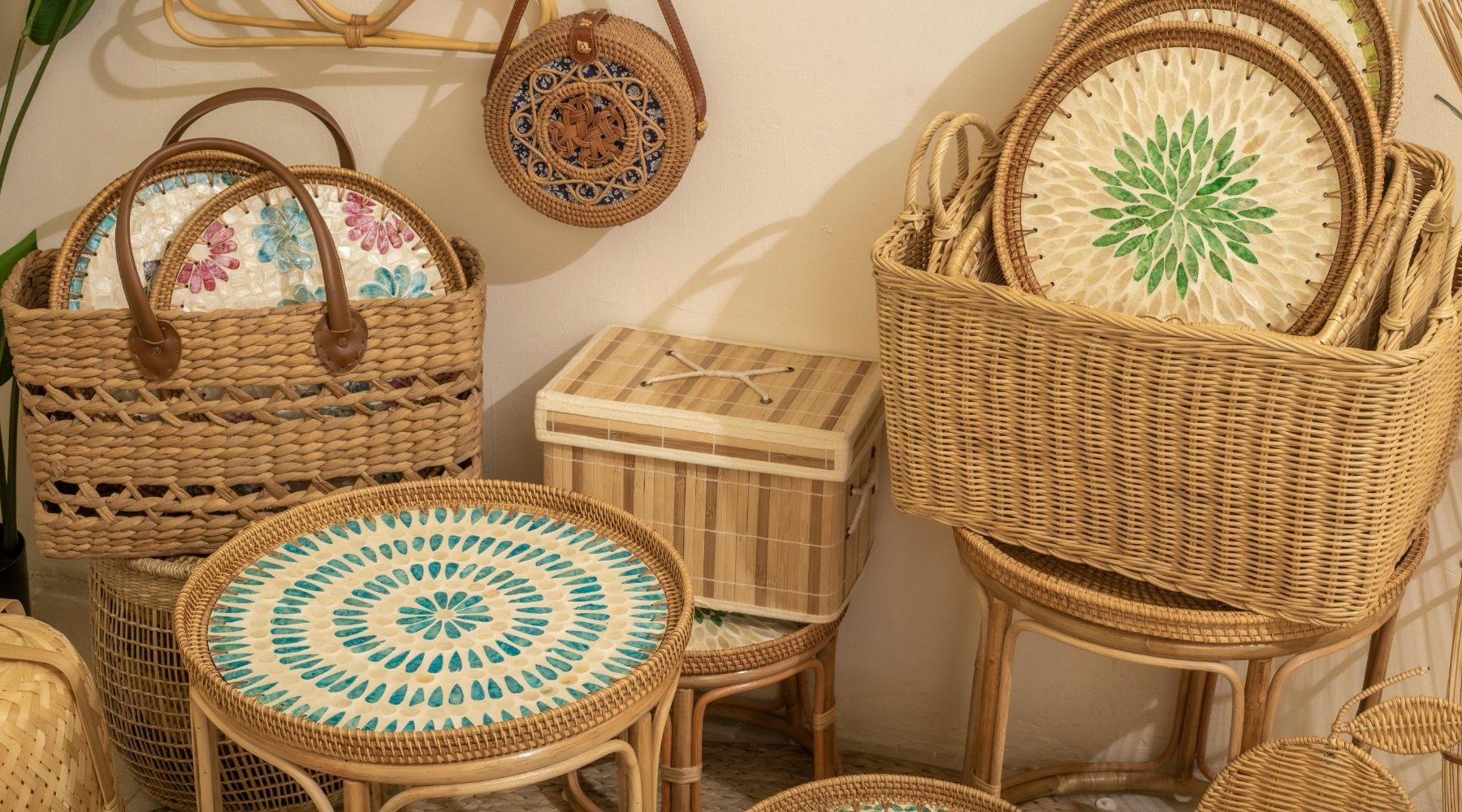
How To Repair Rattan Furniture? The Ultimate Guide and Easy
Are there any tips for homeowners on how to repair rattan furniture that is damaged or older? The answer is yes. With a few tips and tools, you can renovate your furniture and make it look more con...
Read more
10+ Best Rattan Bamboo Furniture Ideas for Home Decor
Rattan bamboo furniture has gradually become one of the best choices for every home. This item brings classicism, warmth, and harmony to any space. In addition, furniture made of bamboo and rattan ...
Read moreGifting has never been easier
Perfect if you're short on time or are unable to deliver your gift yourself. Enter your message and select when to send it.


Leave a comment
This site is protected by hCaptcha and the hCaptcha Privacy Policy and Terms of Service apply.